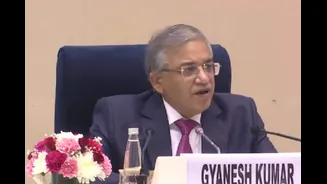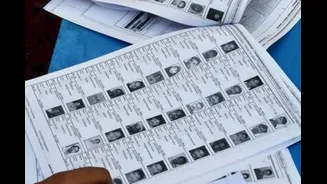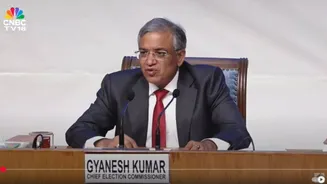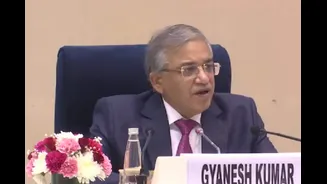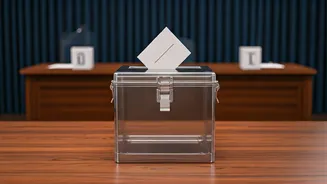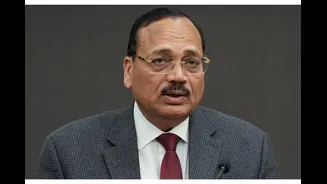Understanding SVEEP Goals
The Systematic Voter Education and Electoral Participation (SVEEP) program, spearheaded by the Election Commission, aims to boost voter awareness and involvement
nationwide. This initiative focuses on educating citizens about the electoral process, from registration to casting their votes. SVEEP strives to increase voter turnout and ensure inclusive elections across India. The program works to empower every eligible citizen, including those from marginalized communities, to participate actively in democratic processes, making it a crucial part of the Election Commission's overall efforts to promote a healthy democracy.
Assam's Non-Inclusion Explained
The Election Commission's decision to exclude Assam from the next phase of SVEEP is the central point. While the exact reasons for Assam's exclusion haven't been widely publicized, it suggests that the Election Commission may have assessed specific factors related to the state's electoral environment. These can involve a range of elements, such as voter turnout rates, existing voter education initiatives, and specific challenges or issues identified within the state. The decision would likely have been based on a comprehensive evaluation to determine the most effective distribution of SVEEP resources and efforts.
Impact and Implications
Assam's exclusion from the next round of SVEEP raises important questions about the potential impact on voter engagement in the state. The SVEEP program has proven successful in increasing awareness and voter participation in many regions. Without SVEEP's focused efforts, Assam may encounter challenges in sustaining or improving voter turnout and addressing specific electoral issues. This might have implications on the inclusiveness and health of the democratic process in the region. Local election officials and civil society groups may need to take supplementary measures to address any gaps in voter education and support a strong democratic participation.
Future Electoral Landscape
Looking forward, the developments surrounding Assam's exclusion could influence the state's electoral landscape. Depending on the Election Commission's assessment and the specific reasons for this decision, future actions may be taken to enhance voter education efforts. This might include tailored initiatives targeting specific demographics or addressing localized challenges. It may also lead to a more targeted allocation of resources to other regions with higher priority. Monitoring voter turnout and engagement levels in Assam following this exclusion will be important to assess the impact and adapt strategies to enhance democratic participation in the state.




